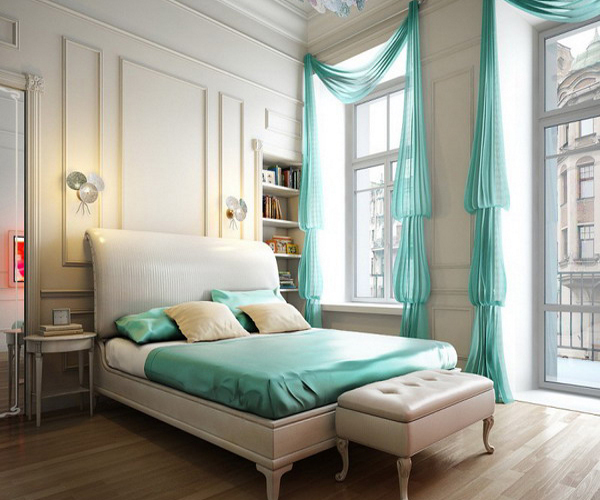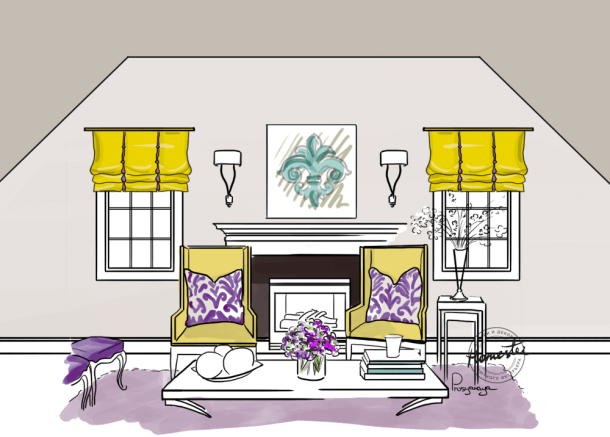Content
- We decorate the windows in the attic
- Design of the dormer-window: we select curtains
- Rolled and Roman curtains
Before we start discussing how to make dormers beautifully designed, let’s delve into the essence of the concept of “dormer”. This definition will give us the opportunity to more accurately realize what configuration windows we will talk about.
So, the attic or attic floor is the attic type room on the top floor of the building. Its ceiling, in essence, is the roof itself, which most often consists of two slopes – the upper (flat) and the lower (steeper). Thus, the configuration of the attic floor is often quite complicated, which, as a result, influenced the location and shape of the attic windows.

There are such windows both on vertical walls and on the slopes themselves, they can be round, square, rectangular or other, more complex.
We decorate the windows in the attic
Skylights are attractive on their own. Their original form and most often – a beautiful view, opening from the top floor, require an appropriate attitude. These positive characteristics must be given credit and do not cover the windows with drapery meters, which in this case often turn out to be inappropriate.

Let’s look at examples of how to properly dormer windows so as not to destroy the aesthetics already created by architects and at the same time provide residents of the house with the opportunity to hide from sunlight if necessary.

Design of the dormer-window: we select curtains
The location of the windows on the ramps requires the use of many additional accessories – holders, cornices, handrails, grabs and much more. They make it possible to tie any window design to the realities of the architectural conditions in which the decoration is carried out. Here you can use any design of curtains, even the most intricate. The main thing is to ensure that the fabric does not sag excessively, creating sloppy bends and irregular forms of drapery.
In theory:
On practice:


Rolled and Roman curtains
Roller blinds and Roman blinds are attached directly to the frame itself or very close to it. When used in attic rooms, they are good in that they can be quickly opened and closed – they are mobile and also do not require excessive maintenance. In many models that are designed for use on inclined planes, there are additional rails that are mounted along the window. A curtain moves along them, as if by runners, which gives it the opportunity to always be parallel to the plane of the opening itself. It is also useful when opening the window for screening – strong winds often shake the curtains and they make rustling sounds that tire over time. Therefore, it makes sense to think about it in advance and save yourself from such inconveniences.
In theory:
On practice:

Traditional approach
On the attic floors, many windows are in a vertical plane. And if in this case the slopes on both sides are not too close to them, you have a great opportunity to decorate them like all other windows in the house – starting from the approaches that apply to standard window openings. The most elegant and universal is still considered the method of arranging on both sides of the window of equivalent paintings to the floor..
In theory:
On practice:


Full asceticism
Returning to the initial definition of the attic, we still propose here the method of the most ascetic decoration of the window opening. It consists in not using textiles on the window at all. And if in traditional living rooms we often find it difficult to come to terms with such a solution, then on the attic floor it looks more than natural. Think and take a closer look – maybe your window is already framed as it should be – without unnecessary draperies and complex mechanisms.
In theory:
On practice:


Attic windows are always hard to work with. They require a special attitude, and the main thing here remains the desire – not to harm. Respect the resources that you already have, without turning the stage of decorating textiles into an obsession. No matter how beautiful fabrics are, sometimes it’s just worth stopping at the simplest of the options.














